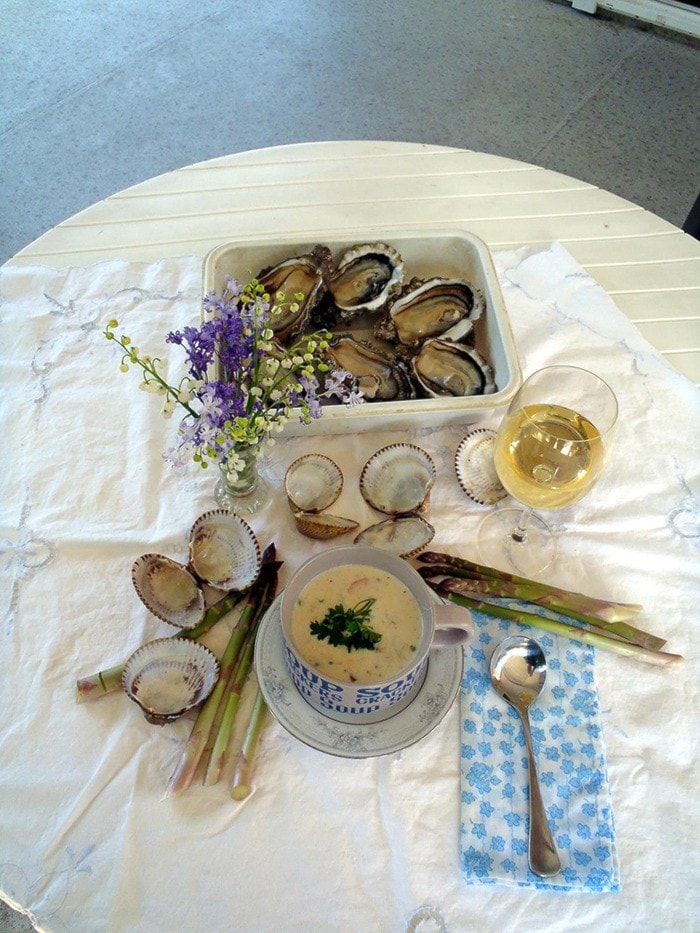As we move into the changing environment created by climate change we will, I suggest, increasingly produce and gather more of our food on a local basis. This is especially true for people who have productive vegetable gardens and pursue outdoor activities that involve enriching their protein diets by recreational fishing and hunting.
The people of British Columbia in particular and Canada in general are blessed with climates that offer opportunities as well as challenges in the coming generations as the impacts of the global phenomenon of climate change increasingly impact our ability to live the high quality life styles we currently enjoy.
The impacts of climate change can be immediate, as in the case of the massive diversion of late-run sockeye salmon down Johnstone Strait and Strait of Georgia into the mouth of the Fraser River this year.
If you lived and fished the bountiful waters of Johnstone Strait it was a generous season. On the other hand if you lived along the south end of Vancouver Island, Juan De Fuca and Haro Straits you caught almost zero sockeye. It is a classic case of rapid results from changing water temperatures caused by global warming and the salmon diversion away from the affected areas. One has to speculate on the future impacts of the huge mass of warm water off the coast of Oregon that is having such a direct effect on our fish migration routes.
Suffice to say that people of the Comox Valley who fished the late season sockeye run were able to can or freeze good catches of fresh sockeye for healthy fish meals in the coming year. It is a classic case of local food gathering associated with the hobby of recreational fishing.
One of the prime rationales for fishers in justifying the costs of their hobby is – “Look at all the food I bring home.” In many respects they have a rational case if you look at some of the other pastimes we take part in. It doesn’t come out as cheap food, but the quality is there if they take care of their catch.
While we have many lakes and rivers in a 50-mile radius of the Comox Valley that are productive rainbow and cutthroat trout waters they serve a dual purpose of trout as food and recreation as in catch and release fishing. I suggest the food aspects will be more important in the not too distant future.
Based on the current variety of marine fish, shellfish and other creatures that are taken as food in local Area 14 waters here is a partial list of the possibilities. Five species of salmon (including chinook, coho, pink, chum and sockeye) plus at least five species of flat fish (including flounder, sole and halibut, lingcod, kelp greenling) and at least six species of rockfish (including yelloweye (red snappers), Pacific cod, hake, Pacific herring, sardines, spiny dogfish and mackerel).
This partial list of shellfish is impressive – oysters, little neck clams, butter, varnish, horse, and Manila clams, with cockles, geoducks and mussels. Dungeness and rock crabs as well as prawns, shrimp and scallops are popular. Squid, octopus and sea cucumbers can also be added to the list.
This incomplete list of recreationally harvested marine food resources was sourced from the current 2013-2015 British Columbia Tidal Waters Sport Fishing Guide. As time goes on the species mix will undoubtedly change due to global warming and increased ocean acidification.
Recreational hunting is an important recreation directed at harvesting meat from birds and animals in the Comox Valley. Canada geese are an example of a wild species that is successfully adapting to our urban areas and in the process making themselves unpopular as a source of unwanted fertilization on parks and golf courses. This creates the happy circumstance for goose hunters where they can serve a socially positive service to the community as they reduce goose numbers.
Black tailed deer are the dominant large animal in the Valley that are an important source of fresh venison. They can also be source of predation in vegetable gardens and farms. Turning them from a nuisance to fresh venison is not without challenge; but it can be done with positive planning. Black bears are important sources of meat to many hunters and they are also plentiful in our area.
Recreational fishing and hunting are important food gathering events for thousands of Comox Valley residents.
Ralph Shaw is a master fly fisherman who was awarded the Order of Canada in 1984 for his conservation efforts. In 20 years of writing a column in the Comox Valley Record it has won several awards.
